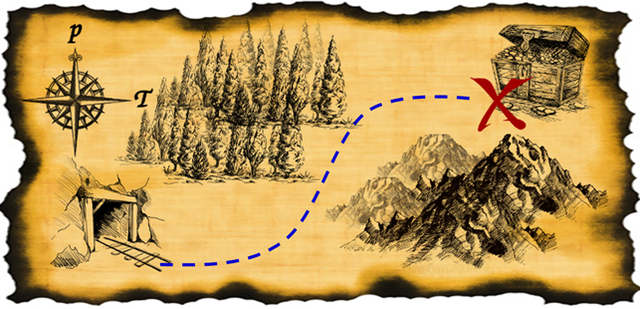In MAP-DESIGN, we determine experimental recipes to obtain organic thin film polymorphs with high charge-carrier mobilities and low charge-injection barriers from first principles. The recipes will be obtained as trajectories across the potential energy surface (PES), using pressure, stress, solvent polarity, and temperature as possible handles. These trajectories will start from conditions where a thermodynamic stable phase forms and then follow a path that leads to the desired high-performance polymorph, while preventing the transition to undesired phases. The most convenient path will be obtained via routing algorithms.
The biggest challenge to achieve this aim is to have an extensive overview over the configurational space, which includes energetic minima (i.e., the possible polymorphs) as well as barriers in between (which determine the transition rates). Obtaining such an overview has previously been impossible due to the complexity of realistic materials. Only recent advances in computational structure search, that combine heuristic limitations of the search space with efficient machine-learning techniques, have finally put the ambitious objective of this proposal into reach.
The MAP-DESIGN project will be a breakthrough in the connection between in-silico material design (which often predict states of matter with fantastic properties) and its experimental realization. For its immediate application, the field of organic electronics, it will lead to a significantly improved understanding of the role of the handling conditions on the material properties, to better materials overall, and to more reproducible and robust production processes.

